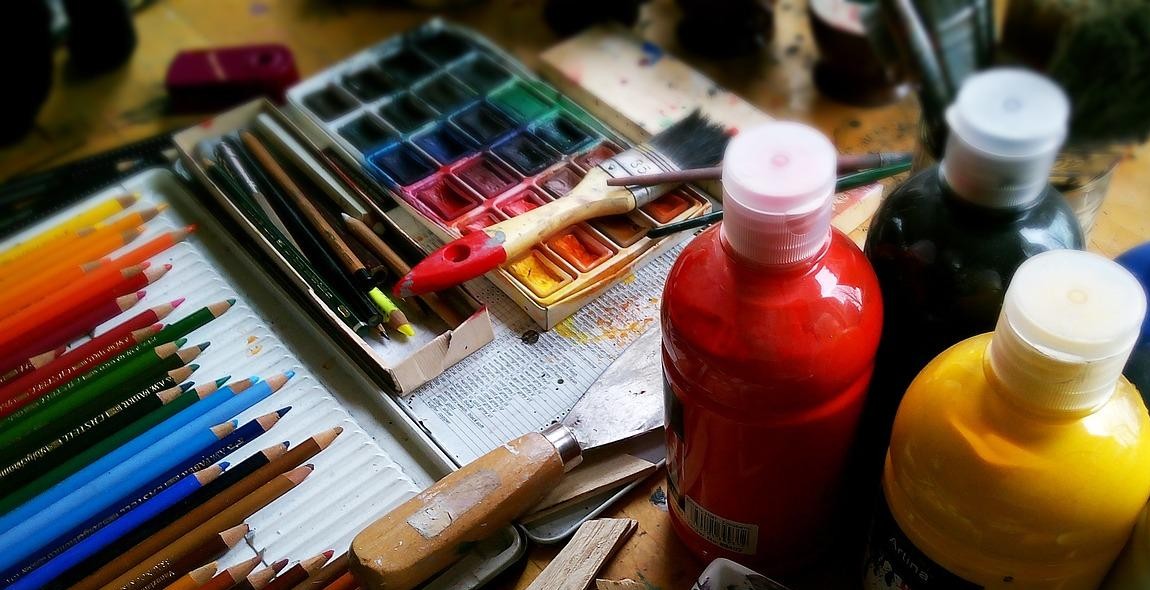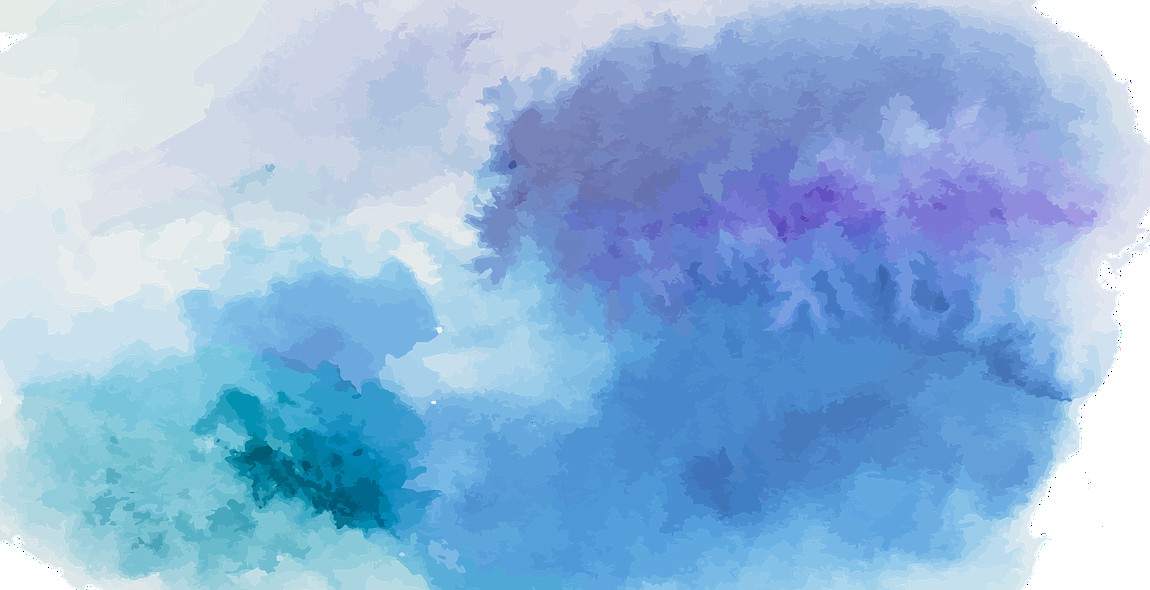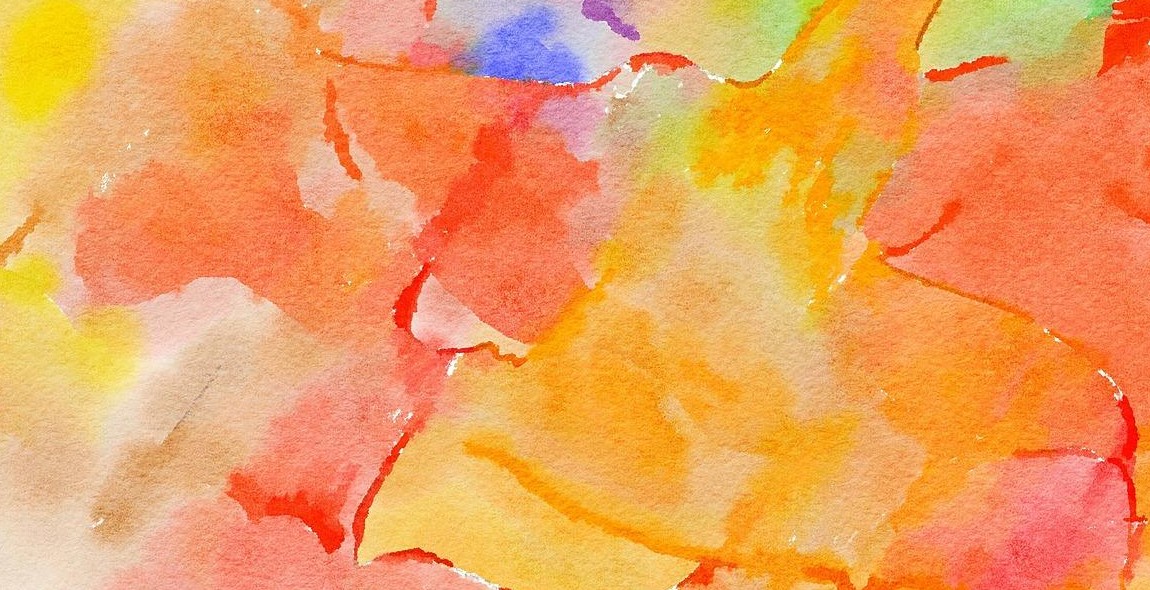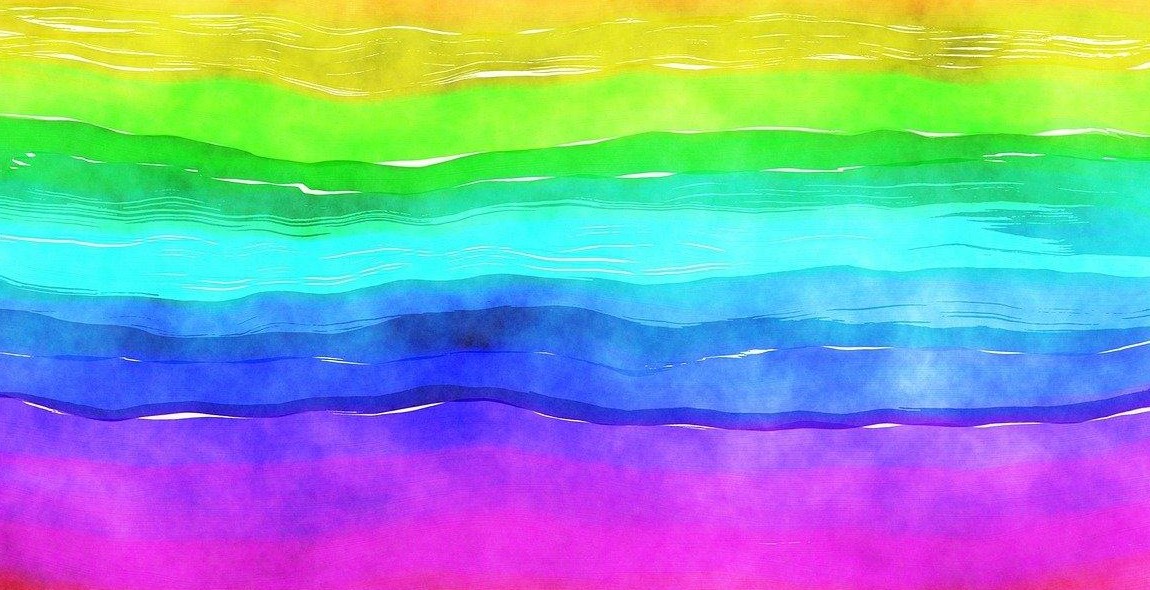Introduction: How to Paint with Watercolors
Watercolor painting is a beautiful art form that has been around for centuries. It’s a medium that is loved by artists of all skill levels, from beginners to professionals. My watercolor journey began when I was a child, watching my grandmother paint beautiful landscapes and flowers. I was mesmerized by the way the colors blended together to create stunning works of art.
As I grew older, I started experimenting with watercolors myself. I quickly realized that there is so much more to watercolor painting than just applying paint to paper. There are techniques for creating beautiful washes and blends, and it takes time and practice to perfect them.
Why Learn How to Paint with Watercolors?
Watercolor painting is a great way to express your creativity and create beautiful works of art. It’s a versatile medium that can be used to create anything from simple sketches to complex paintings. It’s also a great way to relax and unwind after a long day.
In this article, I will share some of the techniques that I have learned over the years for creating beautiful washes and blends with watercolors. Whether you are a beginner or an experienced artist, there is something here for everyone.
Let’s get started!

Materials Needed
Before we dive into the techniques for creating beautiful washes and blends with watercolors, it’s important to gather the right materials. Here are the three essential items you’ll need:
1. Paints
Watercolor paints come in tubes or pans, and there are many brands and varieties to choose from. Some popular brands include Winsor & Newton, Daniel Smith, and Schmincke. When selecting paints, consider the pigment quality, transparency, and lightfastness. It’s also helpful to choose a range of colors, including warm and cool tones, so you can mix a variety of hues.
2. Brushes
Watercolor brushes come in a variety of shapes and sizes, and each one has a specific purpose. Some popular brush shapes include round, flat, and filbert. It’s important to choose brushes with soft bristles, so they can hold a lot of water and pigment. Some popular brush brands include Winsor & Newton, Da Vinci, and Escoda. It’s helpful to have a few different brushes on hand, so you can create a variety of strokes and textures.
3. Paper
Watercolor paper is specially designed to absorb water and pigment without buckling or warping. There are many types of watercolor paper, including cold-pressed, hot-pressed, and rough. Cold-pressed paper is the most popular choice, as it has a slightly textured surface that creates interesting effects. Some popular brands include Arches, Fabriano, and Strathmore. It’s important to choose a high-quality paper, as it will affect the overall look of your painting.
| Item | Recommended Brands |
|---|---|
| Paints | Winsor & Newton, Daniel Smith, Schmincke |
| Brushes | Winsor & Newton, Da Vinci, Escoda |
| Paper | Arches, Fabriano, Strathmore |
Having the right materials is essential for painting with watercolors. By investing in high-quality paints, brushes, and paper, you’ll be able to create beautiful washes and blends that showcase your artistic skills.

Basic Techniques for Watercolor Painting
Watercolor painting is a beautiful and versatile medium that requires a bit of practice to master. Here are some basic techniques that will help you get started:
Wet-on-Wet Technique
The wet-on-wet technique involves applying wet paint onto a wet surface. This technique is great for creating soft blends and gradients. Here’s how to do it:
- Wet your paper with a clean brush or spray bottle.
- Load your brush with paint and apply it onto the wet surface.
- Use a clean brush to blend the colors together while the paper is still wet.
- Let the paper dry completely before applying another layer of paint.
Dry Brush Technique
The dry brush technique involves using a dry brush to apply paint onto a dry surface. This technique is great for creating texture and adding details. Here’s how to do it:
- Dip your brush into the paint and remove excess paint with a paper towel.
- Apply the paint onto a dry surface with short, quick strokes.
- Repeat the process to create texture and add details.
Wash Technique
The wash technique involves applying a thin, even layer of paint onto a dry surface. This technique is great for creating a solid background or base color. Here’s how to do it:
- Dip your brush into the paint and remove excess paint with a paper towel.
- Apply the paint onto a dry surface with long, even strokes.
- Let the paint dry completely before applying another layer of paint.
These basic techniques are just the beginning of what you can do with watercolor painting. With practice, you’ll be able to create beautiful washes and blends that will bring your artwork to life.

Creating Beautiful Washes
Watercolor painting is all about the beauty of washes and blends. Washes are a fundamental technique in watercolor painting that can create a smooth and even layer of color. Here are some tips for creating beautiful washes.
Preparing the Paper
Before applying a wash, it is important to prepare the paper properly. Stretching the paper prevents it from buckling and warping when it gets wet. This can be done by soaking the paper in water for a few minutes and then taping it to a board. Once the paper is dry, it will be taut and ready for painting.
Mixing Colors
The key to creating a beautiful wash is to mix the colors properly. Start by selecting the colors you want to use and then mix them on a palette. Use a large brush to mix the colors and add water to create a lighter shade. Keep in mind that watercolor paint dries lighter than it appears when wet, so it is better to start with a lighter shade and add more color as needed.
Applying the Wash
When applying the wash, use a large brush and work quickly. Start at the top of the paper and work your way down, using long, even strokes. Keep the brush wet and loaded with paint to prevent streaks and uneven coverage. If you want to add more color to the wash, do so while the paint is still wet. This will create a beautiful blend of colors.
Remember that practice makes perfect when it comes to creating beautiful washes. Experiment with different colors and techniques to find what works best for you. With time and patience, you will be able to create stunning watercolor paintings with beautiful washes and blends.

Blending Colors
One of the most exciting aspects of watercolor painting is the ability to blend colors seamlessly together. Understanding color theory is essential when it comes to creating beautiful washes and blends.
Color Theory
Color theory is the study of how colors interact with each other. It is important to understand the color wheel and how it can be used to create harmonious color combinations. The primary colors are red, blue, and yellow. When these colors are mixed together, they create secondary colors, such as green, purple, and orange.
When blending colors, it is essential to understand the color temperature. Warm colors, such as red, orange, and yellow, tend to advance, while cool colors, such as blue and green, tend to recede. By understanding color temperature, you can create depth and dimension in your paintings.
Layering Colors
Layering colors is a technique that involves applying multiple layers of paint to create depth and richness. To layer colors, start with a light wash and allow it to dry completely. Then, add another layer of a slightly darker color, allowing each layer to dry before adding the next.
Layering colors is especially effective when painting objects that have a lot of texture, such as trees or rocks. By building up the layers of color, you can create a sense of depth and dimension that makes the objects appear more realistic.
Wet-on-Dry Technique
The wet-on-dry technique is a popular method for blending colors in watercolor painting. This technique involves applying wet paint to a dry surface, allowing the colors to blend and bleed together.
To use the wet-on-dry technique, start by applying a light wash of color to the paper. Then, while the paint is still wet, add another color to the edge of the wash. The colors will blend together naturally, creating a smooth transition between the two colors.
The wet-on-dry technique is particularly effective when painting landscapes or skies, where you want to create a sense of movement and atmosphere.
| Tip: | Experiment with different color combinations and layering techniques to create unique and beautiful watercolor paintings. |
|---|
Conclusion
Watercolor painting is a beautiful and fascinating art form that requires patience, practice, and experimentation. With the right techniques, tools, and mindset, anyone can learn how to create stunning washes and blends that capture the essence and beauty of the world around us.
Practice Makes Perfect
As with any skill, the key to becoming a proficient watercolor painter is to practice as much as possible. Whether you’re a beginner or an experienced artist, it’s important to dedicate time to honing your skills, trying new techniques, and exploring different styles and subjects.
Experimentation is Key
One of the most exciting aspects of watercolor painting is the ability to experiment with different colors, textures, and techniques. Don’t be afraid to try new things, make mistakes, and learn from them. The more you experiment, the more you’ll discover about your own unique style and approach to painting.
Never Stop Learning
Finally, remember that there is always more to learn about watercolor painting. Whether you take classes, read books and articles, or watch tutorials online, there are countless resources available to help you improve your skills and expand your knowledge.
| Key Takeaways: |
|---|
|
With dedication, passion, and a willingness to learn, anyone can master the art of watercolor painting and create beautiful works of art that inspire and delight.
